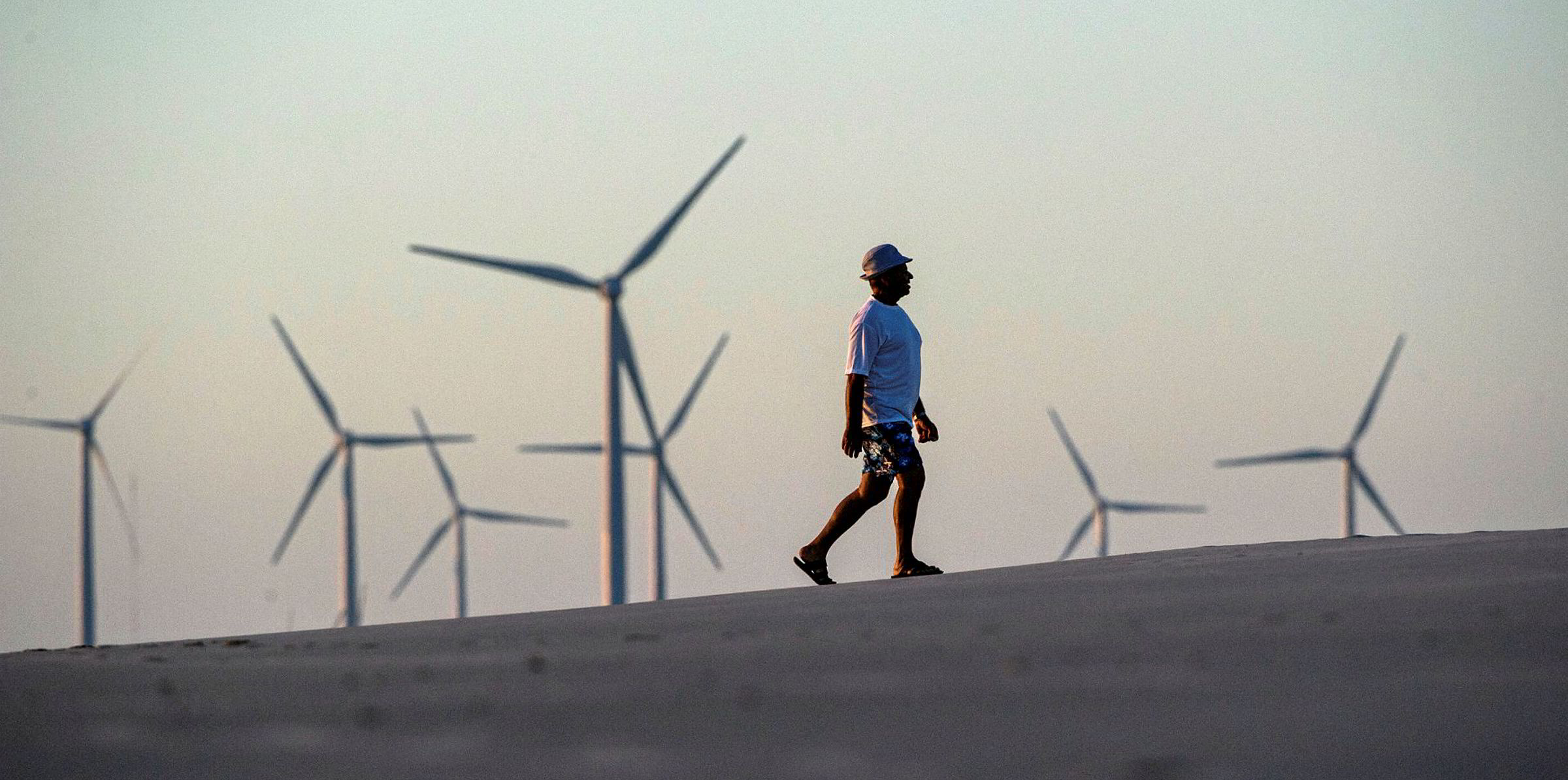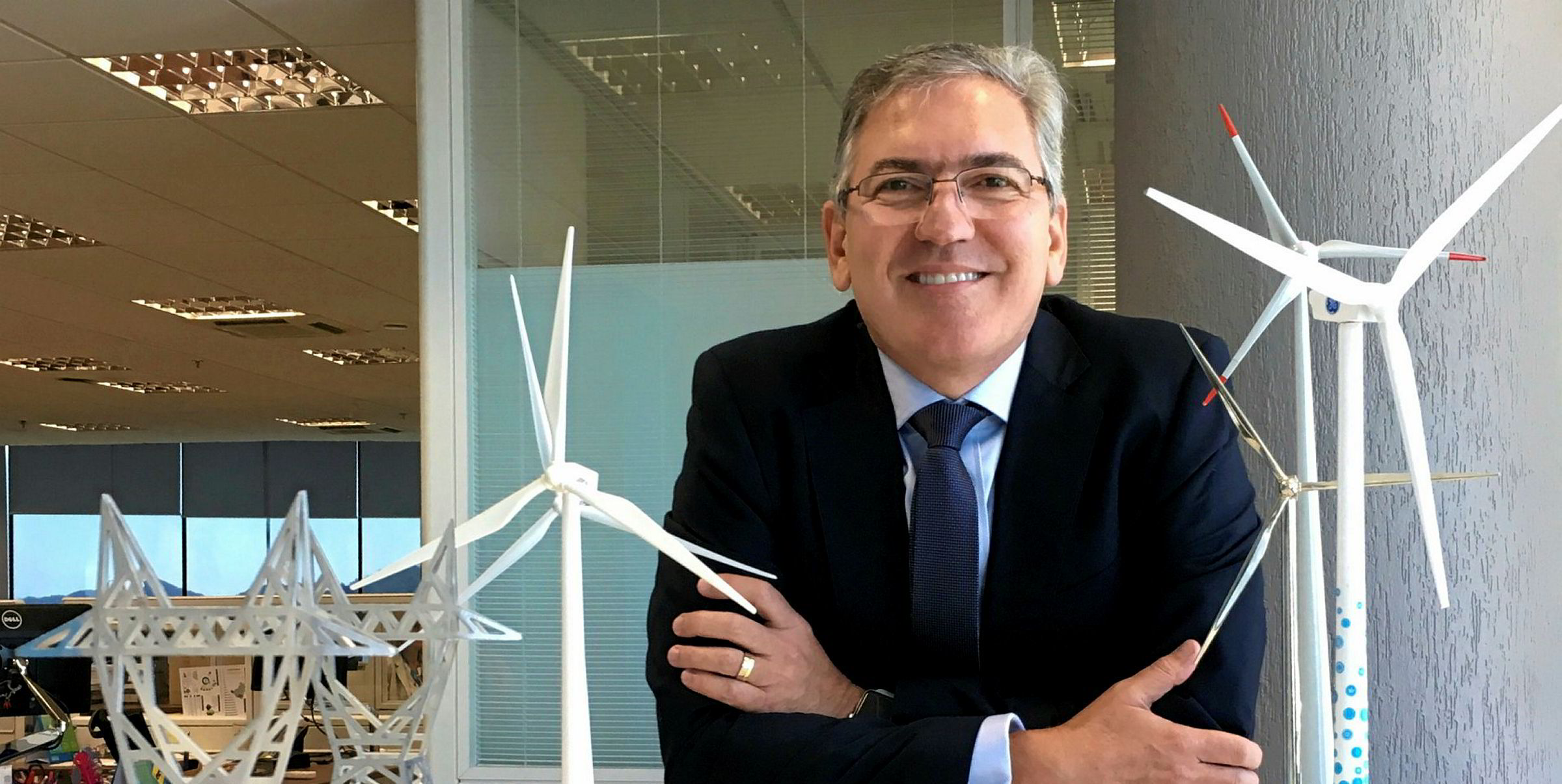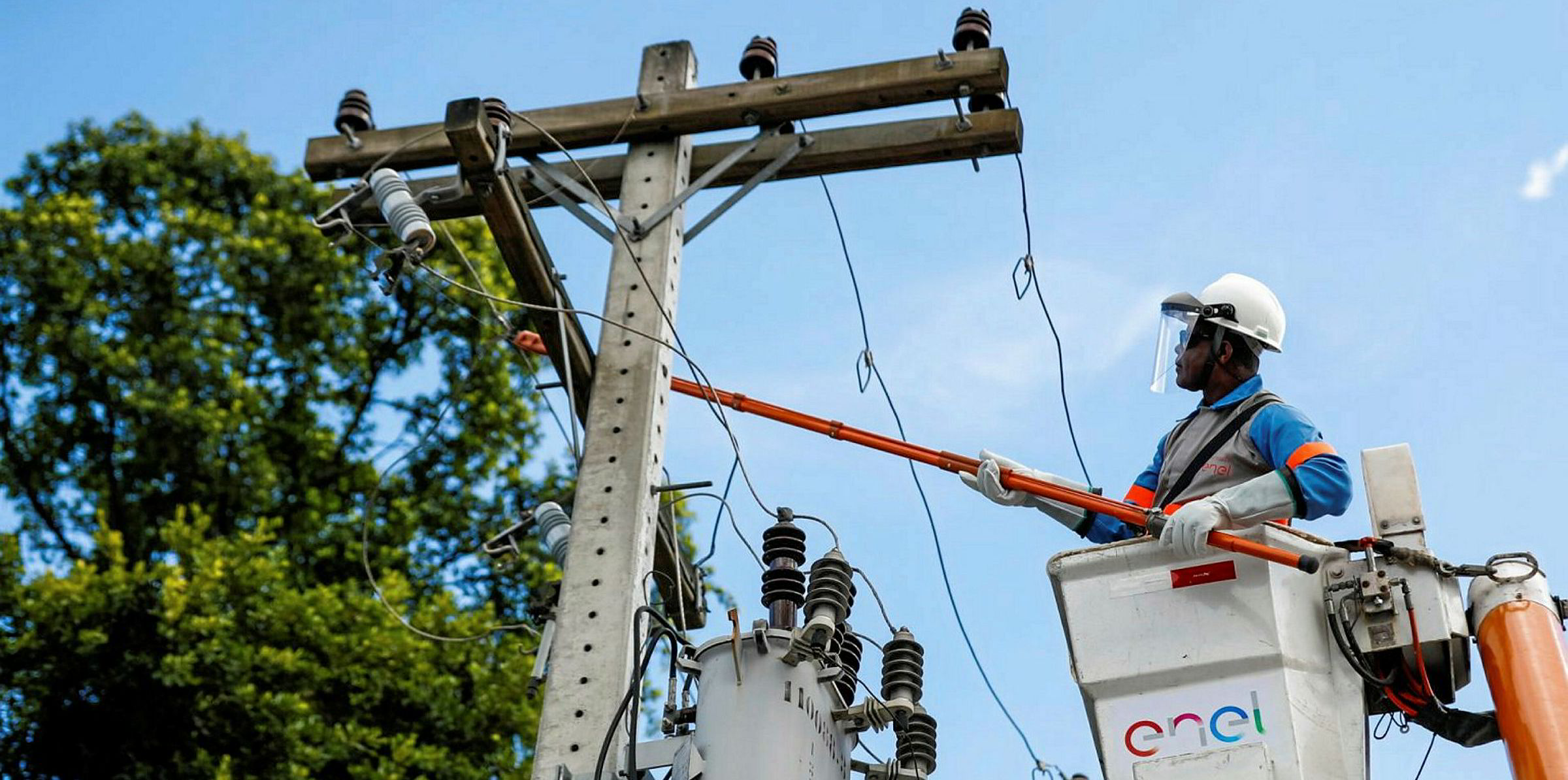If renewable energy investors in Brazil had their way, they would keep out of the regulated-market tender due to get underway later today which – with more than 50GW of solar and wind projects alone taking part – promises to be a competitive bloodbath that drives down prices to historic lows.
In last year’s tenders, the price of solar averaged out at R$118/MWh ($32/MWh) and wind at R$90/MWh. This year prices could go down even further, since demand is still sluggish and power distribution companies are unlikely to procure much for 2023, when the PPAs being tendered are due to start. The final prices of this tender will be well below the cap prices of R$208 and R$276 for wind and solar respectively, investors have predicted.
Like last year, the government may tweak the rules to ensure that solar dominates this tender known as A-4, leaving the bulk of wind for the A-6 process in October, which will contract power for 2025.
Given all these conditions, investors would prefer to sell all their power in the fast-growing non-regulated market – known as the "free market" in Brazil – where prices are anywhere from 30% higher to double.
But as mature as Brazil's 15GW wind power industry is, and however promising its solar resources (now at 2GW capacity out of 170GW), they cannot get away from the reality of banking. While the government-guaranteed 20-year PPAs are readily financed by a blend of state and private banks, the shorter tenures and less secure off-takers in the 'free market' make closing financing harder if at all possible.
“It’s a new market so we have to be very cautious,” Bruno Moraes, head of energy at British private equity fund Actis tells Recharge.
At the same time, unlike its neighbours which have US dollar-denominated PPAs, Brazil’s local currency power deals make it almost impossible for most companies to tap international capital markets or cheap financing abroad.
So, bidding in the regulated market tender – whether you are a technology-neutral investor or specialised in just wind or solar – has become an obligation in order to anchor financing for greenfield projects.
This has been happening since 2017 when large and mid-sized Brazilian companies started to seek out bi-lateral renewable energy contracts directly with generators, as regulated market prices continued to rise despite a very slow economy.
So the trick discovered by investors was to offer only part of the available capacity at regulated market tenders at very low prices. This allows investors to tap financing at better conditions than they would if all the power was being sold in the unregulated market, where tenures can be very much lower, ranging from less than 5 years to 15 maximum.
“The blend of regulated market and free market contracts in a project is currently in equal proportions,” Antonio Scala, head of South America at Enel Green Power tells Recharge.
Enel is now one of the main players in the Brazilian market. It not only uses the "blended market" strategy, but it also seeks to reduce costs by mixing technologies and expanding existing wind or solar plants, because this can reduce Capex.
With such low prices, and the need to build large portfolios in the non-regulated market to make up for them, Brazil’s renewable energy market has become a game for verticalised power utilities.
Alongside Enel, global giants such as Engie, CPFL Renováveis (State Grid), EDP and Iberdrola have wind and solar projects registered for this tender.
France’s Voltalia, Total and Quadran International (Lucia Holdings) , Spain’s Solatio and Elawan and Portugal’s Eurosolar and several independent Brazilian investors are all also shortlisted to bid.



